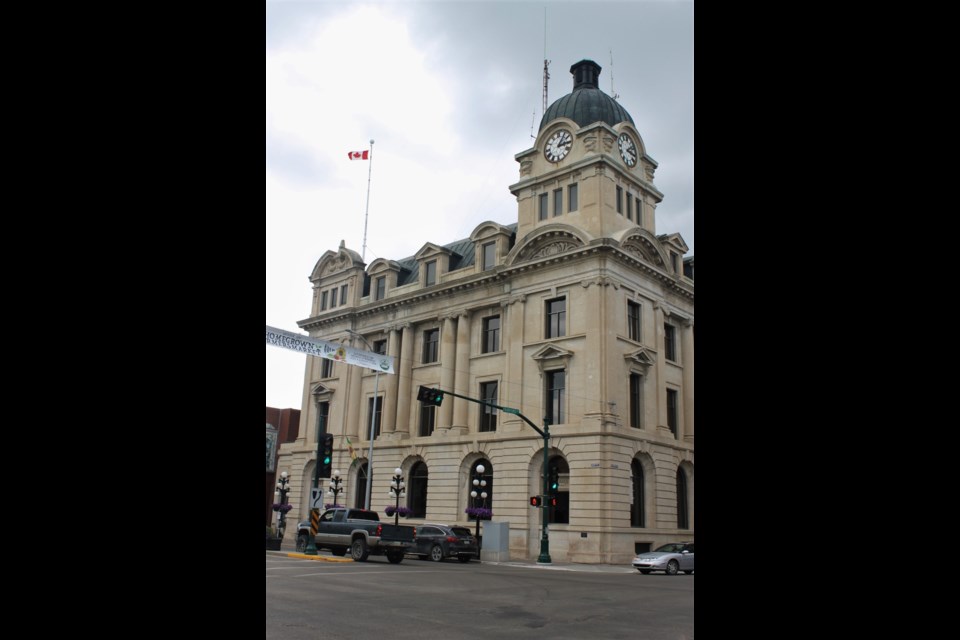The first phase of Moose Jaw’s cultural action plan is complete and municipal officials are now reviewing the information to understand better what culture looks like today.
A summary of the preliminary research findings acquired in late 2021 and early 2022 was presented during city council’s March 28 executive committee meeting.
Council later approved a recommendation to receive and file the report.
With phase 1 over, community engagement will occur this year in phase 2, followed by the plan’s development next year in phase 3 and implementation and evaluation in phase 4 in 2024.
Presentation
“Cultural planning is about bringing the community together to share with one another the unique cultural assets that make up Moose Jaw today and identifying opportunities for the future,” Samantha Mark, senior manager with Prairie Wind Consulting, explained during a presentation of the phase 1 findings.
Some activities the team held in phase 1 included acquiring background information and data collection, linking to other city-related plans, holding cultural action plan (CAP) team meetings, developing a preliminary cultural inventory and map, creating a cultural profile of the city, collecting a list of cultural service providers, and continued engagement with city hall, she said.
Identifying assets
The team identified 437 community cultural assets and included those in the inventory while it continues to build on this database, Mark continued. The goal is to make this inventory a living, breathing document.
Of the 437 cultural assets that the team collected, 33 per cent are cultural enterprises, 24 per cent are community and cultural organizations, 19 per cent are facilities and spaces, 15 per cent are cultural heritage, five per cent are events and festivals, and four per cent are natural heritage, according to the team’s findings.
Preliminary work
The preliminary work involved reaching out to community stakeholders — such as organizations, businesses, and individual artists or crafters — and encouraging them to fill out a survey about culture in Moose Jaw today, the services they provide and to whom, and a vision and strategies for culture in the future, said Mark.
Twenty-seven providers from across the cultural sector responded to the survey, with the most responses coming from those in community-based initiatives at 15 and the least responses coming from the religious sector at one, the data showed.
Meanwhile, 58 per cent of respondents worked in the non-profit sector, 27 per cent worked in private industry, eight per cent worked in other and seven per cent worked in municipal.
Programs and services
The CAP team acquired three main findings about community programs and services, said Mark. These included: most responses from service providers focused on diversity, most respondents have over 150 people who use their programs and services, and most providers use online platforms for communications strategies.
Survey respondents were also asked how they had adapted during the COVID-19 pandemic. The most frequent response was that respondents transitioned to providing online or virtual programming for clients and customers, Mark said.
However, data also showed two potential barriers prevented people from accessing cultural activities. One was a lack of relevant information or awareness about an event, while a second barrier was affordability and transportation accessibility.
Culture today
The CAP team asked respondents to describe what constitutes and contributes to Moose Jaw’s culture today, with the top four answers being diversity, heritage, arts, and events and activities, while the top three cultural assets were heritage places, venues and facilities, and parks, Mark said.
Respondents also described their hopes for future cultural aspirations in Moose Jaw. The top answers included diversity, community building, funding and sponsorships, collaboration, heritage, enhancing access and promotion.
As the team moves into the next phases, it will reflect on two main questions, added Mark. These include what culture in Moose Jaw means to people today and what culture will look like in 25 years.
Council response
An interesting point about the data is what people think of Moose Jaw’s culture today, the importance of that information and the actions the city could take in the future, said Coun. Jamey Logan.
“All the input is so valuable. … It’s a very valuable tool for the folks around this table,” he added.
It was interesting to learn about the types of cultural enterprises in Moose Jaw, especially since most people don’t consider businesses a cultural asset, said Coun. Crystal Froese. She also thought it “kind of blows your mind” knowing at least 437 businesses and organizations contribute to culture.
“It’s pretty mind-blowing at how rich and diverse we are,” she added. “Out of this, I think we’ll have a much greater understanding of our identity in Moose Jaw.”
The next executive committee meeting is Monday, April 11.




